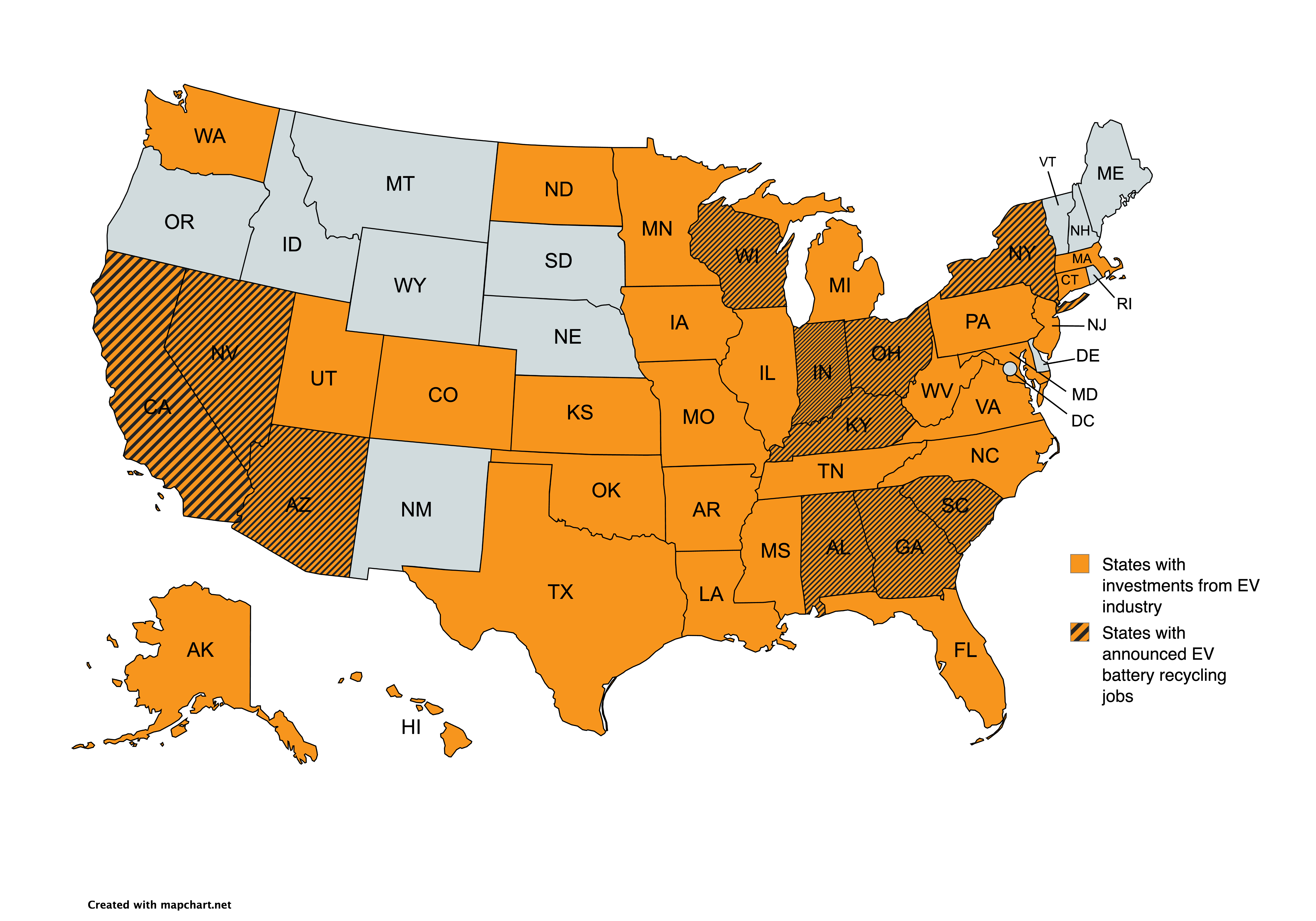I see a lot of pundits in the U.S. press these days saying we’ve got to build the infrastructure for people to be able to charge electric vehicles and plug-in hybrids just about anywhere if this new paradigm in transportation is to succeed. That’s both true and an exaggeration. Millions of single-family homeowners who have electrical outlets in their garages and carports will be the natural first customers of plug-in cars, happily charging at home with only minimal need for charging elsewhere. (That’s what I’ve been doing for 7 years now.) That’s enough of a market to gobble up all the plug-in cars that will be available for multiple years to come.
That said, residents of apartment buildings and condos will need some sort of new charging infrastructure before they too can switch to plug-in vehicles in a big way. It’s nice to know that some smart people are thinking ahead about this.

In Japan, Mitsubishi Motors Corporation (which sells the electric iMiEV there and hopes to bring it the United States soon) and Japan Delivery System Corporation are selling an ingenious EV charging system for apartment complexes that they jointly developed, Green Car Congress reports.
(Photo of Tokyo’s River City 21 — with the Mitsubishi Securities building on the right — courtesy of Joe Jones under Creative Commons license.)
I met a few weeks ago with Joel Pointon of San Diego Gas & Electric, a former environmental consultant who became sort of a green czar at the utility’s corporate parent (Sempra) and now heads up SDG&E’s plug-in vehicle program. Pointon showed me a paper he drafted with the Electric Power Research Institute to start to create guidelines for condominium associations and other multi-family housing sites to install electric vehicle charging.
We’re a few steps behind Japan when it comes to thinking about the needs of residents of dense housing, but we’ve got some time to work things out.
Sherry Boschert

